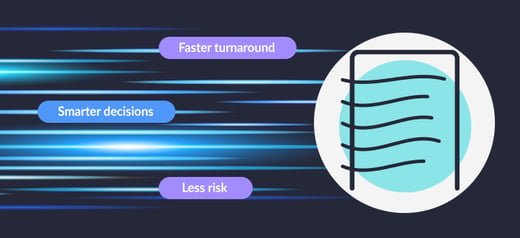The General Counsel checked her computer. Things were going nicely. Every contractual matter that would be triggered by the merger had been “ICE’d” or identified, classified and extracted by one Artificial Intelligence application and thousands of new contracts were being generated by another.
Back when she started as a lawyer in private practice, simply reviewing all the contracts would have required an army of bleary-eyed associates working 70-hour work weeks and racking up thousands of billable hours equaling over a million dollars in fees. Now with the push of a button, results that were far more accurate were produced in minutes.
The same held true with writing contracts. Something as simple as a retail lease, would be written a thousand different ways, by a thousand different attorneys. Now the same Natural Learning Progression that enabled A.I. to continually improve at doc review, also enabled it to write better and more comprehensive contracts.
Corporate attorneys at major law firms suffered the fate that arose from decades of hubris and a client base that was no longer held captive. The AmLaw Exodus of the early 21st century created a variety of legal service providers that were all superior to their archaic BigLaw counterparts.
Hybrid Brick & Mortar / Virtual firms, Alternative Legal Service Providers (ALSPs), the Big 4 Accounting Firms and then the coup de grace of non-attorney owned firms who offered legal Software as a Service (Saas) and Platform as a Service (Paas), all created greater value than their BigLaw counterparts.
Read more about the Death of Contract Review and The Birth of Contract Generation on The Attorney at Law magazine.



